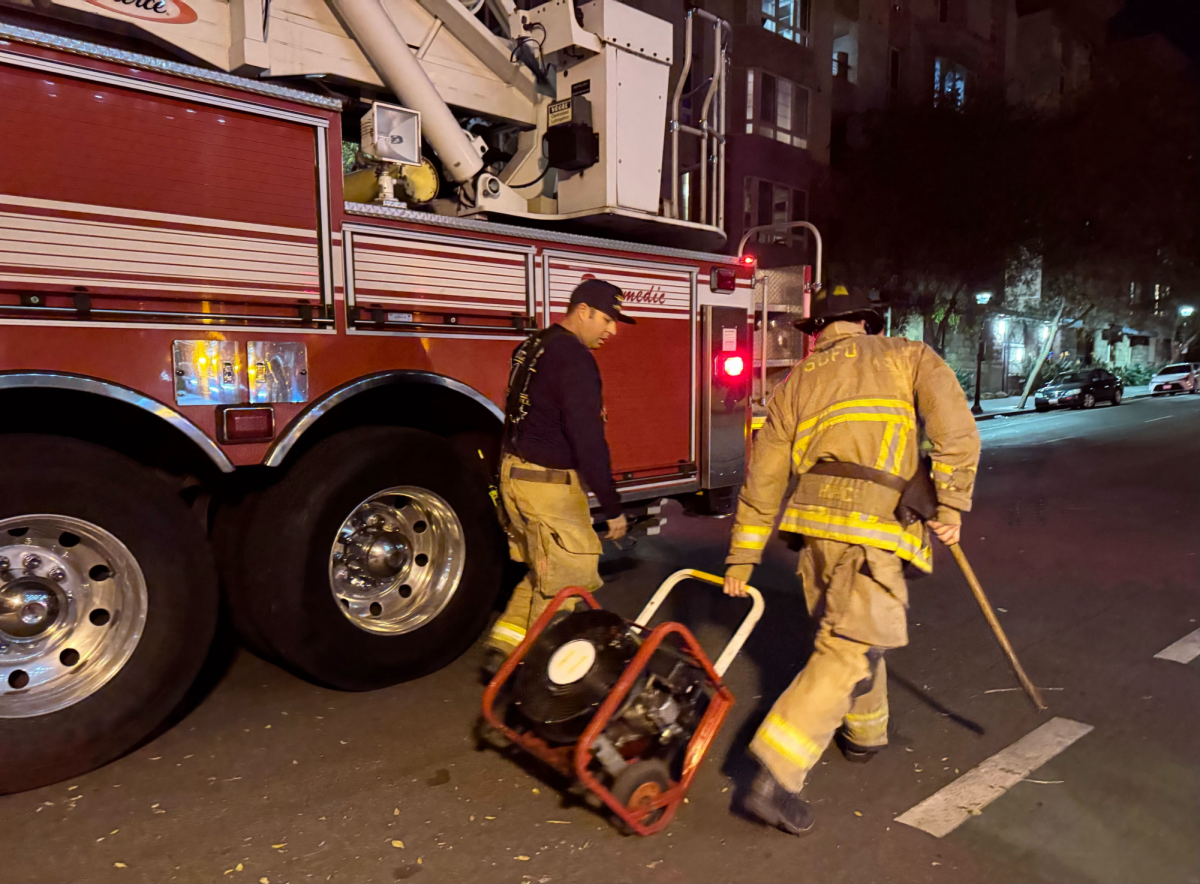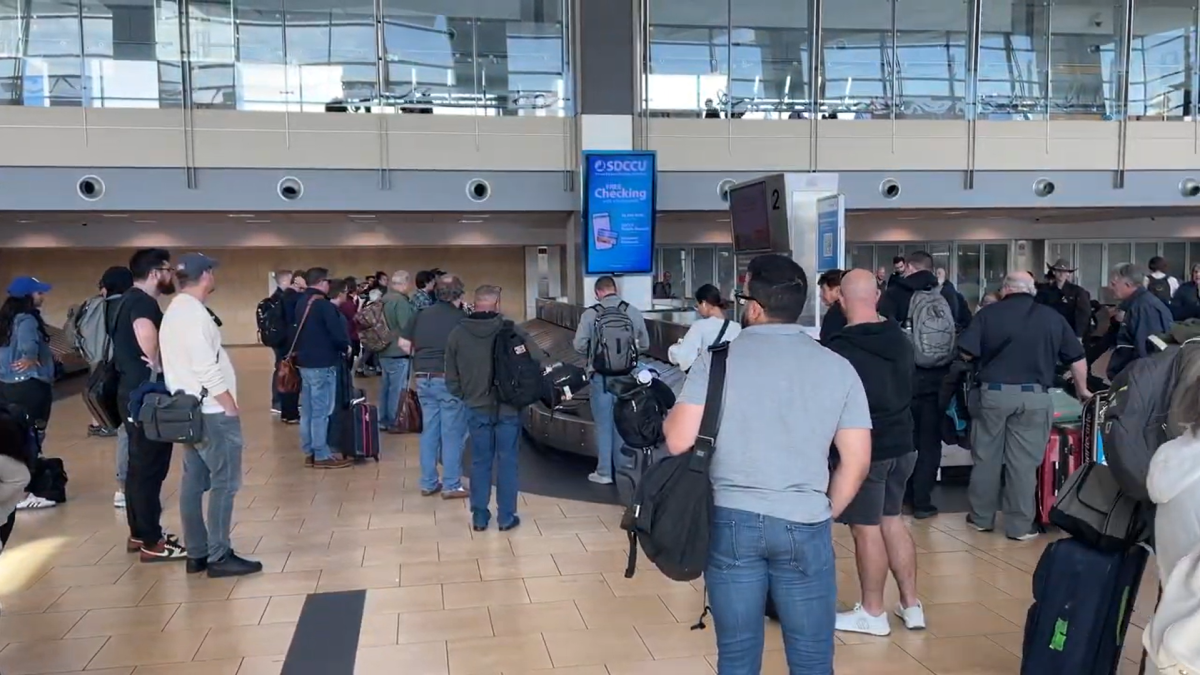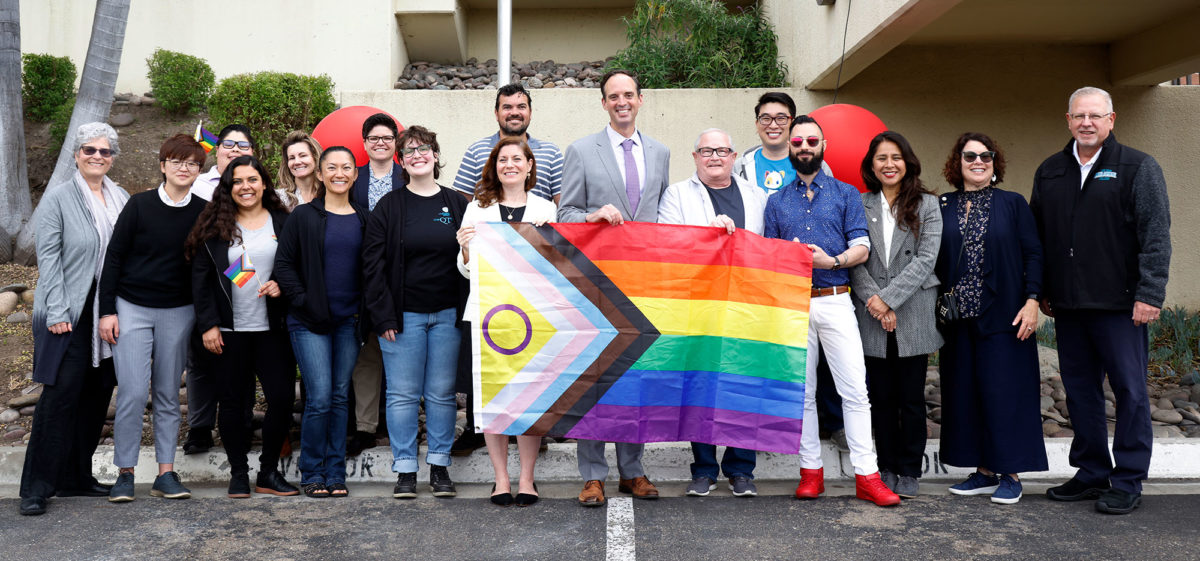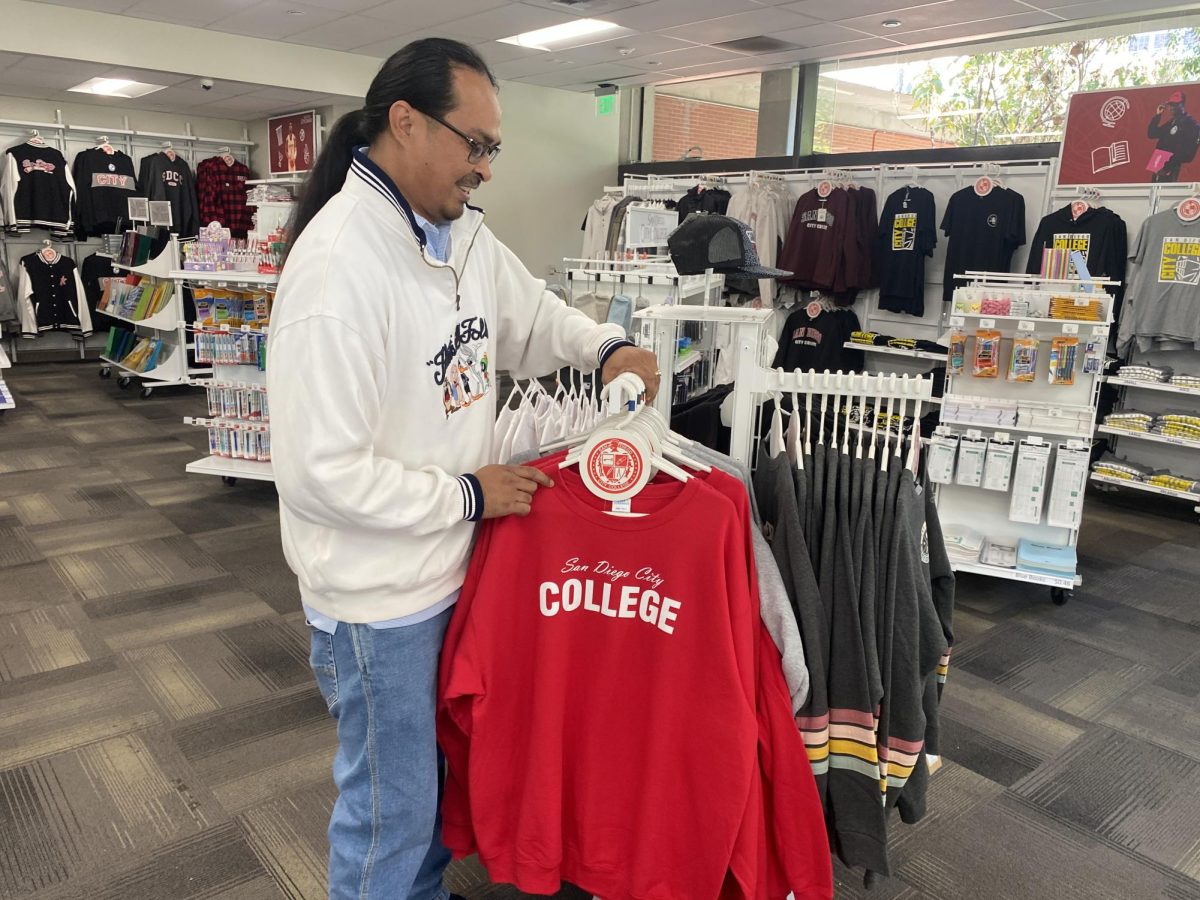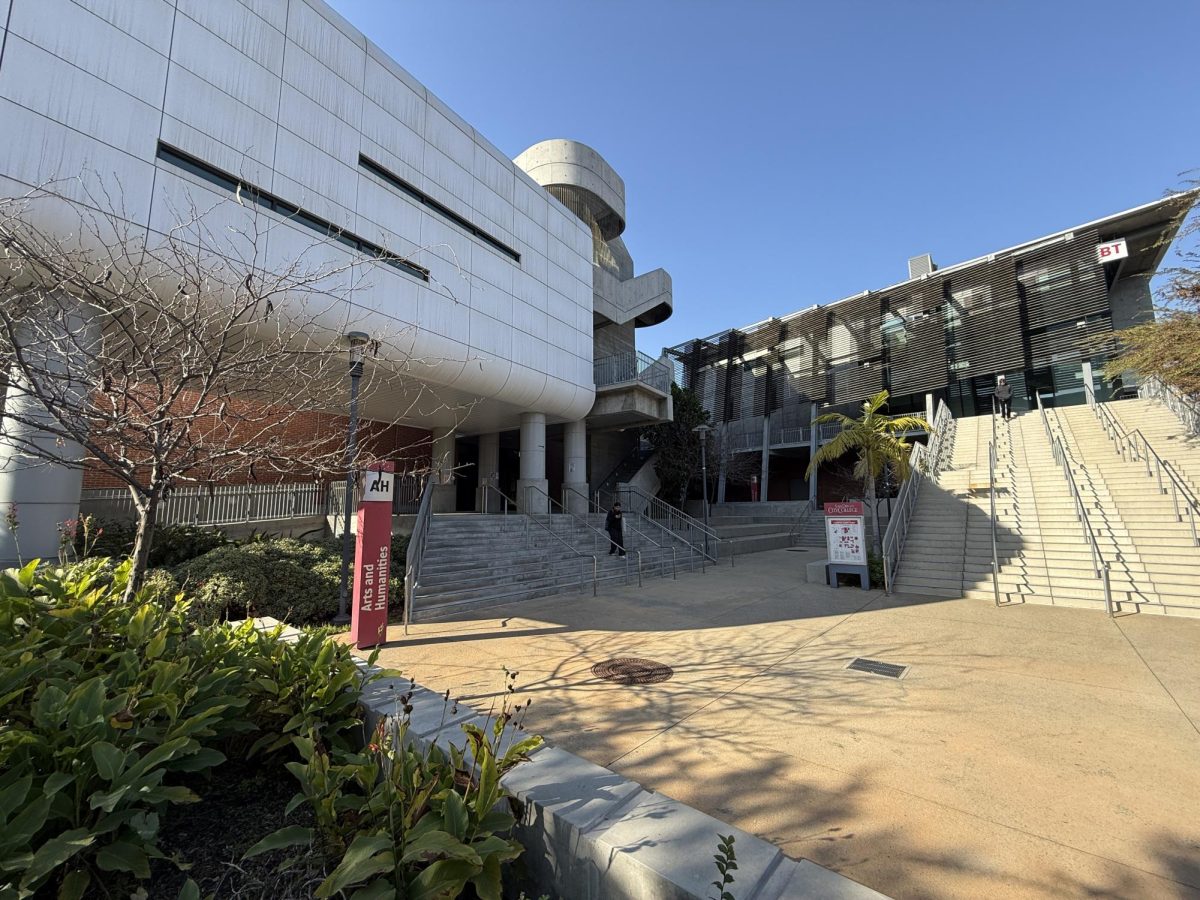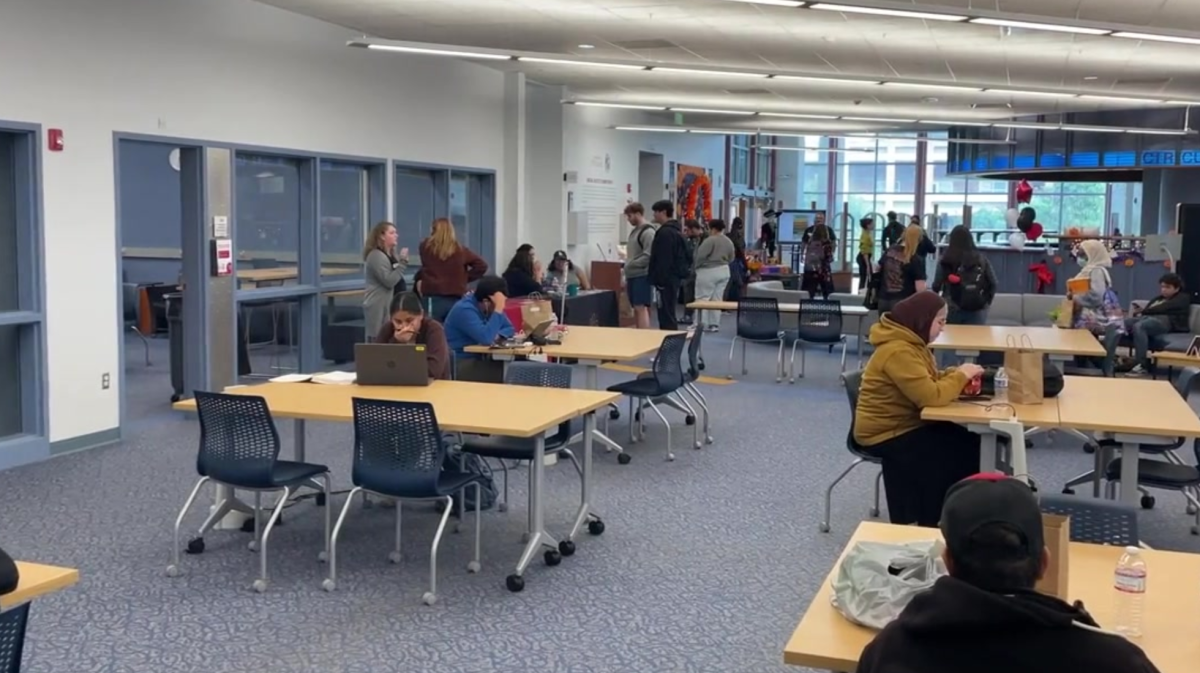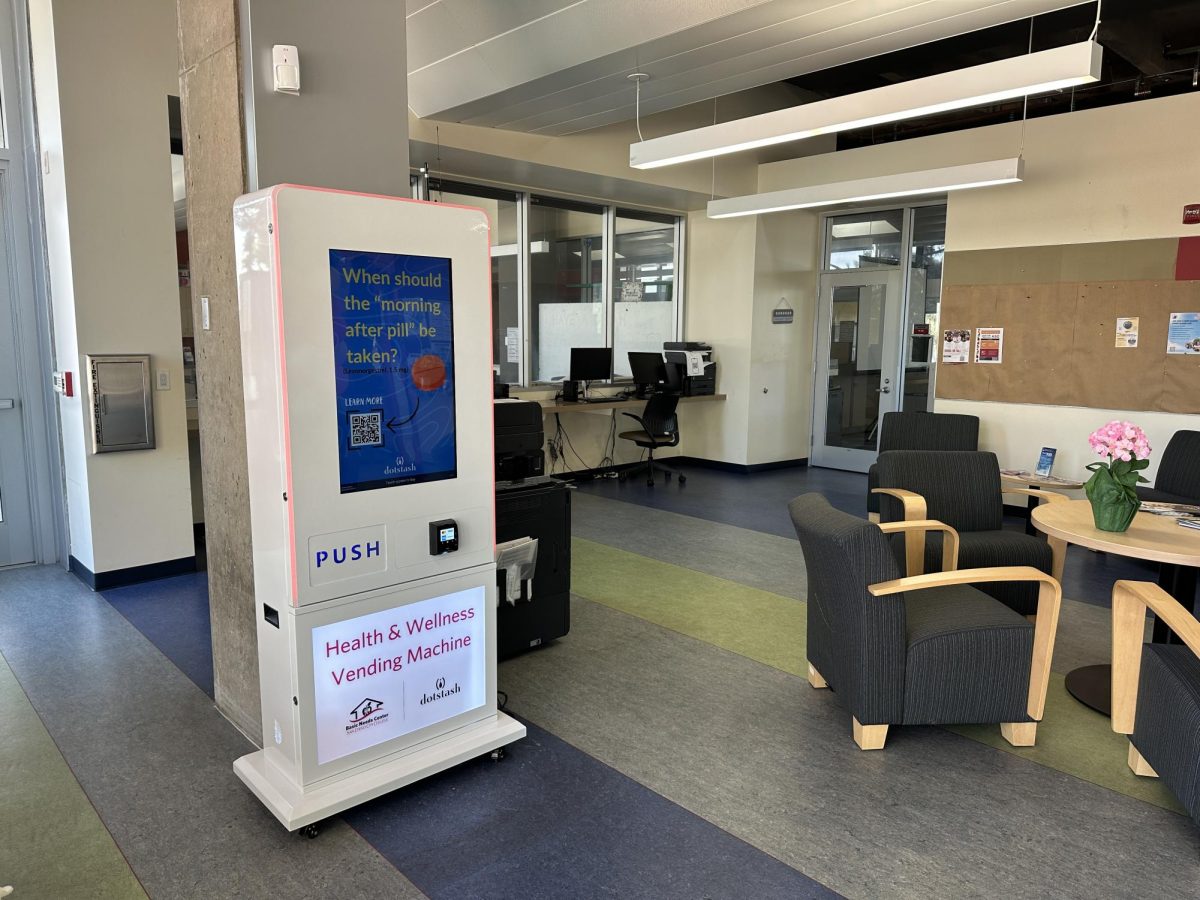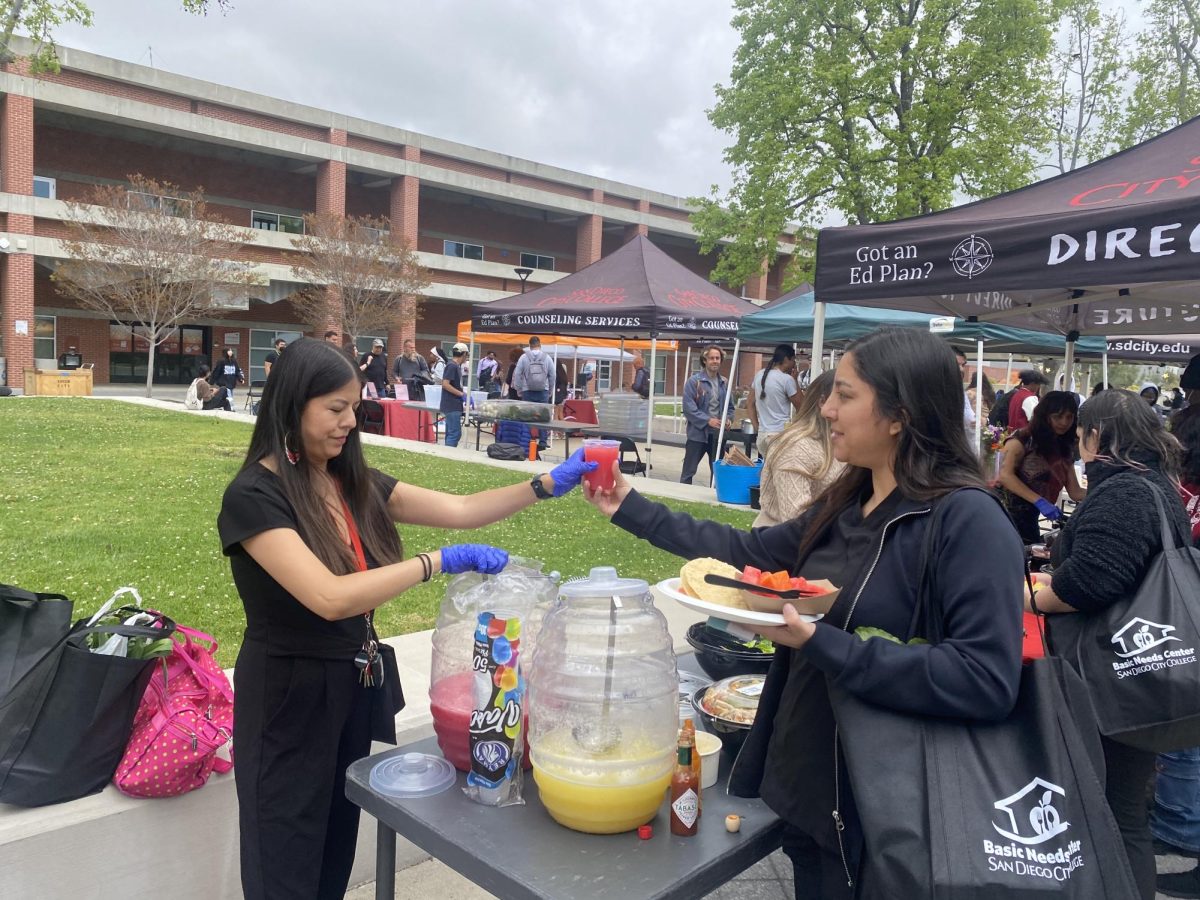To students, a professor is just a professor.
They give lectures, grade assignments and respond (or don’t) to emails.
Students are probably not aware that – despite doing the same job – their teachers are actually divided into two categories with vastly different work conditions and pay: contract and adjunct.
Full-time contracts, which come with job security, due process, and a good salary, are given to a minority of faculty. The rest are hired as part-time instructors on a short-term basis. These professors, called adjuncts, are paid on a separate, lower salary schedule and are limited in the number of courses they can teach. At the end of each year, they are laid off and then rehired at the beginning of the next.
These factors shape the experience of students at schools like San Diego City College.
“Faculty working conditions are student learning conditions,” said Jessica Thompson, a philosophy profesor at SDCCD and faculty vice-president at AFT 1931.
In September, Governor Gavin Newsom vetoed AB2277, which would have raised the cap for adjunct faculty to 85% of a full load from the current 67% limit.
But this is not stopping teacher’s unions.
The California Federation of Teachers’ campaign to change this status quo, which it is calling the One Faculty Movement, is getting underway. As one of several unions representing faculty at California’s community colleges, it is positioned to push for change.
In 2022, the union presented a resolution calling for a one-tier system and created a task force to study the issue and come up with proposals. In July 2024, the task force published a list of conditions that a new system should meet.
This comes after years of failed efforts to reduce the dependence on part-time faculty at California community colleges.
In 1988, the state legislature laid out the 75/25 split as part of AB1725, which reformed the California Community College system and created many of the standards that exist today. The bill called for 75% of credit hours to be taught by full-time professors and the remaining 25% by adjuncts.
This did not happen.

“It was just a recommendation,” said Geoff Johnson, an adjunct philosophy professor at Mesa and Southwestern colleges and member of the CFT one-tier task force. “There was never any teeth put into it.”
Adjunct professors teach 60%-70% of courses at districts like SDCCD, according to Thompson.
On top of this, they are limited to a smaller number of classes, only allowed to teach 67% of a full course load.
“You might get to teach 60% of a load and then you’re paid 60% of what a full-time faculty member gets paid,” Johnson said. “And I’ll just let you think about that: what happens when you multiply a fraction by a fraction?”
This means that many adjuncts have to cobble together classes at different schools to make ends meet.
When Christy Ball accepted a job as an adjunct at City College, she wasn’t aware of the system that she would be working within. Initially, she was just happy to be teaching, so she didn’t question why she could only teach three classes at a school, or why she had to commute between different campuses to make a living.
She never made more than $40,000. This is consistent with the conditions faced by part-time faculty nationwide. A 2019 study by the American Federation of Teachers found that only 15% of adjuncts were able to comfortably cover their monthly expenses.
Eventually, after a brutal interview process that Ball described as the “hardest time of my life,” she received a full-time contract from City College. Her income doubled in four years, and her life improved, all while doing the same job she’d done from the beginning.
Despite the improved pay, Ball stressed that the current system also takes a toll on full-time faculty who have to pick up all the shared-governance and committee work that keeps a campus running.
Ball believes the One Faculty Movement provides a “vision of possibility” for what education could be.
“There is a more humanistic way to approach things,” Ball said.
For that humanistic approach, the movement has looked north of the border.
Over years of collective bargaining, Vancouver Community College established what has become the gold standard for adjunct conditions. The school eliminated the two-tier salary schedules. Professors are paid based on their experience and course load.
Vancouver Community College also provides a pathway for part-time teachers to achieve permanent and participate in their campus governance.
To achieve this in California will require action on multiple fronts.
“(A) one-tier or one faculty model cannot be achieved by one bill, one system of negotiations,” Johnson said.
Johnson has been rallying the teachers’ unions within California to work towards a one-tier system.
“You have to educate, certainly the people, the workers, the members of the bargaining units,” Johnson said. “What are we talking about when we talk about a unified faculty system, and what are your issues and concerns with it?”
Some of the goals of the movement such as benefits and paid office hours can be negotiated at the district level between local unions and their employers.

On its treatment of adjuncts, the San Diego Community College District is ahead of many other districts in the state. AFT 1931, SDCCD’s local union, has made progress when it comes to adjunct equity, and they believe administration may be amenable to further reforms.
“We’ve got a real simpatico chancellor in Greg Smith,” Thompson said during an information session for faculty held at the end of October.
But the movement’s main goal – eliminating the distinction between adjunct and contract faculty by putting all teachers on the same salary schedule and creating a path to permanent status – will require legislation.
Those involved in the campaign believe this is an achievable goal, but they know they have a long road ahead.
“(The 75/25 split) was proposed in 1988 and it is now 2024. It’s been 36 years,” Johnson said. “If people are running around expecting people to think, when we’re talking about one-tier, that we have the assumption that this is something that’s going to happen (in) two, three or even five years, you know, we’re realists.”
Correction: This article has been updated to correct a misspelling of professor Christy Ball’s name. City Times Media regrets the error.




